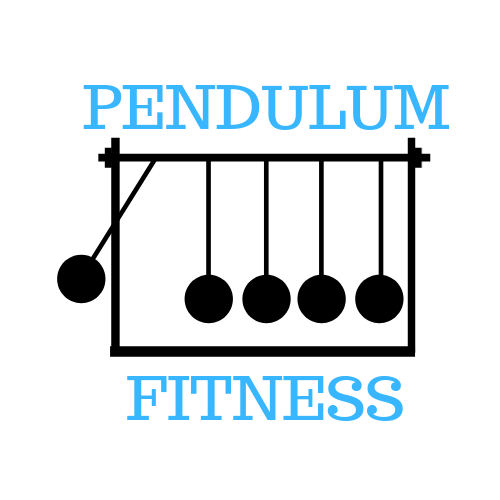Resistance training plays a massive part in how I help my clients reach their goals. It is an easily adaptable tool due that can create an array of benefits. Resistance training includes training methods such as strength, hypertrophy, power, and endurance. Therefore I can implement aspects into your training to increase strength, muscle mass, rate of force development, and how long certain muscles can perform. This makes it a great modality for people who want to gain weight, gain muscle mass, increase sports performance, increase strength either overall, or in specific movements, reduce muscular imbalances, and rehabilitate injuries. It can also be used to aid in fat, and weight loss.
Hypertrophy
Hypertrophy training is great if you are trying to bulk up, or add some muscle mass to your body. This is great for people who need may need to manipulate their weight for their sport, for example, fighters, bodybuilders, people who are underweight, or people who generally just want to add some shape to their body. Hypertrophy training is what people mean when they say they want to “tone up” in most cases.
Hypertrophy training is a key aspect of bodybuilding in particular and can be manipulated with planned structured interventions, for example, supersets, drop sets, eccentric/ negative reps, and compound sets to get the most benefit.
Endurance
Endurance training is used to increase the amount of time a muscle can be repetitively activated. This type of training is great for beginners as an introduction to resistance training. This is because the loads are lower than they are in the other types of resistance training and the higher volume gives the body the opportunity to learn the exercise, or movement pattern and how it should feel. It’s also great for the sports performance of men and women in sports which require lots of repetitive action. Endurance training can condition the muscles to work for as long, or longer than they need to in the desired sporting scenario. This ability for a muscle, or muscle group, for example, the rotator cuff, to endure a play in the desired sport reduces the risk of injuries which can be related to biomechanical faults, caused by muscular fatigue.
Core stability
When training the core, the emphasis should always be on endurance. This is because if you lose the ability to activate your core muscles, you will lose stability in the thoracic region, lumbopelvic region, and surrounding joints. This may compromise compound movements/lifts, and other close kinetic chain movements. It is also important to remember that every muscle that has an attachment to the rib cage and/or to the pelvis is a core muscle and they can all affect each other. This includes the pectoral muscles, latissimus dorsi, and hamstrings. Therefore, remember that core training and abdominal training are not the same things. If having visible abs is the goal, however, hypertrophy training can be used but in most cases, it is more effective to reduce overall body fat.
Follow the links to read more benefits of resistance training.
